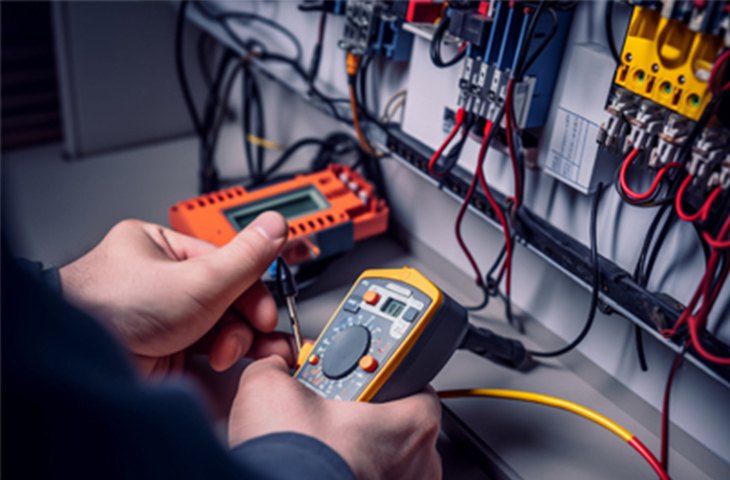Various standards and guidelines outline the main safety requirements for packaging machines. Here are some key points:
The EN 415 series European:
EN 415-1: Terminology and classification of packaging machines and associated equipment
EN 415-2: Safety of pre-formed rigid container packaging machines
EN 415-3: Safety of form, fill and seal machines
EN 415-4: Safety of palletizers and depalletizers
EN 415-5: Safety of wrapping machines
EN 415-6: Safety of pallet wrapping machines
EN 415-7: Safety of group and secondary packaging machines
EN 415-8: Safety of strapping machines
EN 415-9: Noise measurement methods for packaging machines
EN 415-10: General requirements for the safety of packaging machine
ANSI/PMMI B155.1 Standard:
ANSI/PMMI B155.1 is the American national standard that specifies safety requirements for packaging and processing machinery. It covers risk assessment, safeguarding, and controls. It also covers other aspects to keep operators and maintenance personnel safe.
Risk Assessment:
Risk assessment is a critical process to identify hazards, estimate risk, and implement risk reduction measures for packaging machinery. It is required for CE marking in the EU and helps ensure the safety of operators and maintenance workers.
CE Marking
CE marking indicates that a product sold in the European Economic Area (EEA) conforms to EU safety, health, and environmental protection standards. To get CE marking for packaging machinery, you must do a risk assessment. This is per the Machinery Directive.
Ergonomic Design Principles:
Packaging machines should be designed with ergonomic principles in mind to reduce the risk of operator injury. This includes operating the machine. It also includes the operator interface and the machine-mounted controls. It also includes handling machine parts, loading packaging materials, and cleaning the machine.
Guarding:
Guards are essential for preventing accidents and injuries around packaging machines. They should be designed and built to BS EN 953:2002. This standard gives general rules for fixed and moveable guards.
Noise Reduction:
Packaging machines can generate significant noise levels, which can be hazardous to operators. EN 415-9 specifies noise measurement methods. The goal is to ensure that packaging machines meet acceptable noise level.
Maintenance and Cleaning:
Packaging machines should be easy to maintain and clean. This reduces the risk of accidents and injuries. This includes considerations such as accessibility, visibility, and the use of tools and equipment.

Fire Prevention and Protection:
Packaging machines can generate heat and sparks, which can lead to fires. Preventing fires is essential. It keeps operators and the environment safe.
Radiation Emission Reduction:
Packaging machines can emit radiation. This can harm operators. EN 12198-3 specifies radiation reduction measures. They ensure that packaging machines meet safe radiation levels.
Hygiene Requirements:
Packaging machines used in food processing should meet hygiene requirements to prevent contamination and ensure the safety of the food products being packaged. This includes cleaning and sanitizing the machine. It also includes using materials that resist corrosion and contamination.
Continuous Improvement:
Packaging machines should be designed for continuous improvement. This includes using advanced technologies and adding new features to boost safety and efficiency.
These safety requirements are essential. They ensure the safe design, construction, and use of packaging machines. This includes their installation, start-up, operation, change, maintenance, and cleaning.



